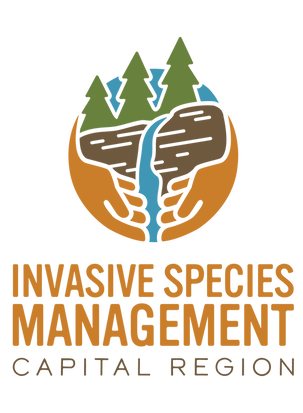The following is an incomplete list of aquatic invasive animals found in, or surrounding, the Capital Region PRISM. Click on the name to read individual species details courtesy of NYIS.
Species of Concern
Species of concern are species that have not established fully in the region, giving us a chance to stop these invaders in their tracks through eradication and rapid response efforts. If you believe you have identified one of these animals, please contact PRISM staff using the contact page and/or upload your observation to iMapInvasives.
Factsheets for each of these species are coming soon.
Factsheets for each of these species are coming soon.
|
Tier 1 Species (Not yet in PRISM):
|
Tier 2 Species (Eradication in PRISM is feasible):
|
Widespread
Widespread aquatic animals are species that have established themselves in the region, leading to the use of multiple management practices. These practices primarily include containing a species if it is in a low enough abundance and/or developing local management strategies to suppress their impacts.
Factsheets for each of these species are coming soon.
Factsheets for each of these species are coming soon.
|
Tier 3 Species (Containment in PRISM):
|
Tier 4 Species (Local Control in PRISM):
|
Hosted by Cornell Cooperative Extension. Website ©2018 Capital / Mohawk PRISM• Designed by Molly Pokrzywka



